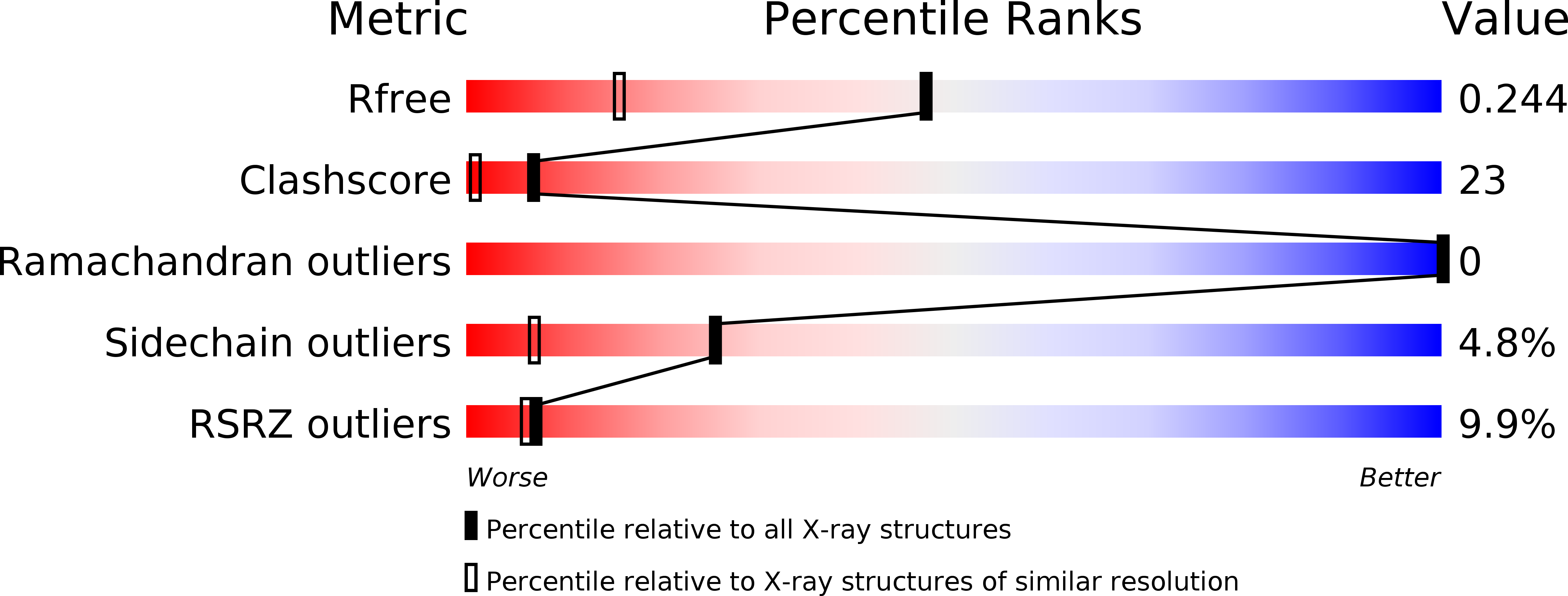
Deposition Date
2013-11-28
Release Date
2013-12-25
Last Version Date
2024-02-28
Entry Detail
PDB ID:
4NSM
Keywords:
Title:
crystal structure of the streptococcal collagen-like protein 2 globular domain from invasive M3-type group A Streptococcus
Biological Source:
Source Organism:
Streptococcus pyogenes (Taxon ID: 198466)
Host Organism:
Method Details:
Experimental Method:
Resolution:
1.60 Å
R-Value Free:
0.23
R-Value Work:
0.19
R-Value Observed:
0.19
Space Group:
H 3 2


